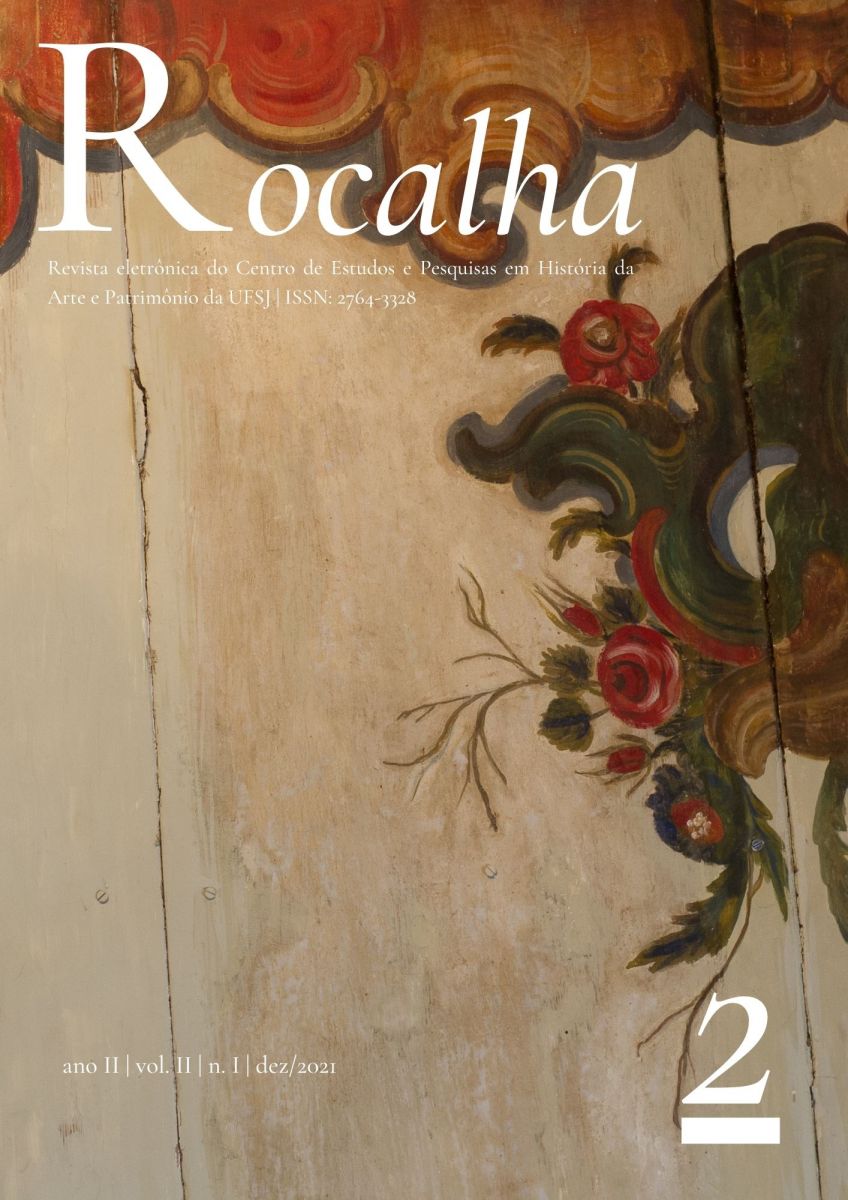O fontanário l'Été e a modernização de São João del-Rei
Resumo
Resumo: Este artigo revela os resultados parciais de uma pesquisa em andamento que tem como objeto um fontanário oitocentista em ferro fundido0 proveniente da Fonderies Val d’Osne, na França, e instalado em São João del-Rei em 1887. Tradicionalmente conhecido como “chafariz da deusa Ceres”, essa peça traz uma alegoria do Verão (L’Été) e é característica das conquistas e do progresso tecnológico advindos da Revolução industrial a partir do século XIX. O fontanário é um exemplo material que reúne os aspectos estéticos e funcionais resultantes da aliança entre as artes e as indústrias de fundição decorativa francesas, da mecânic a padronizada e da produção em série. Através de uma análise histórica, formal e iconográfica, tentarei compreender tanto a materialidade dessa obra quanto os seus significados. Instalado na cidade durante as primeiras reformas urbanísticas e após a demolição dos chafarizes coloniais, o fontanário era o produto que representava a influência de uma modernidade Belle Époque e o desejo de construir a imagem de uma cidade moderna e civilizada.
Palavras-chave: São João del-Rei, século XIX, Val d’Osne, fontes d´art, alegoria, fontanário
The L'Été Fountain and the modernization of São João del-Rei
Abstract: This article reveals the partial results of an ongoing research that has as its object a 19th-century cast iron fountain from the Fonderies Val d'Osne, France, installed in São João del-Rei in 1887. Traditionally known as the “Goddess Ceres’ Fountain”, this piece brings an allegory of the Summer (L'Été) and is characteristic of the conquests and technological progress arising from the Industrial Revolution from the 19th century on. The fountain is a material example that brings together the aesthetic and functional aspects resulting from the alliance between the arts and the French decorative foundry industries, standard mechanics and series production. Through a historical, formal and iconographic analysis, I will try to understand both the materiality of this work and its meanings. Installed in the city during the first urban reforms and after the demolition of the colonial fountains, it was the product that represented the influence of a Belle Époque modernity and the desire to bring forth the image of a modern and civilized city.
Key Words: São João del-Rei, século XIX, Val d’Osne, fontes d´art, allegory, fountain




